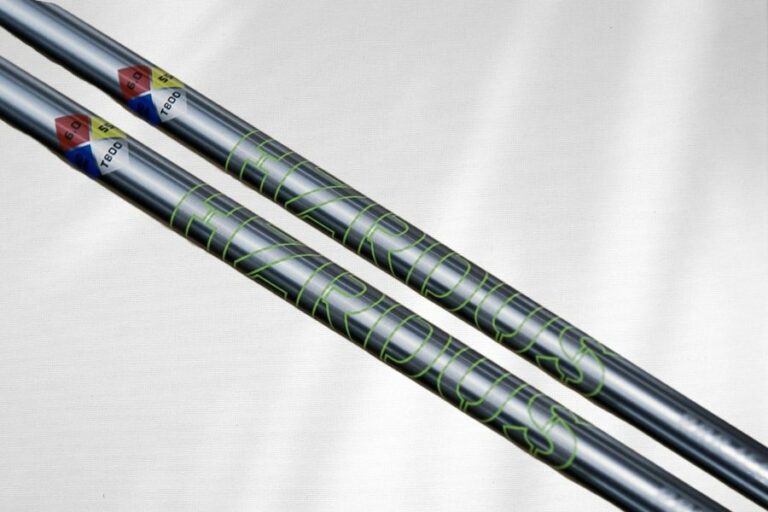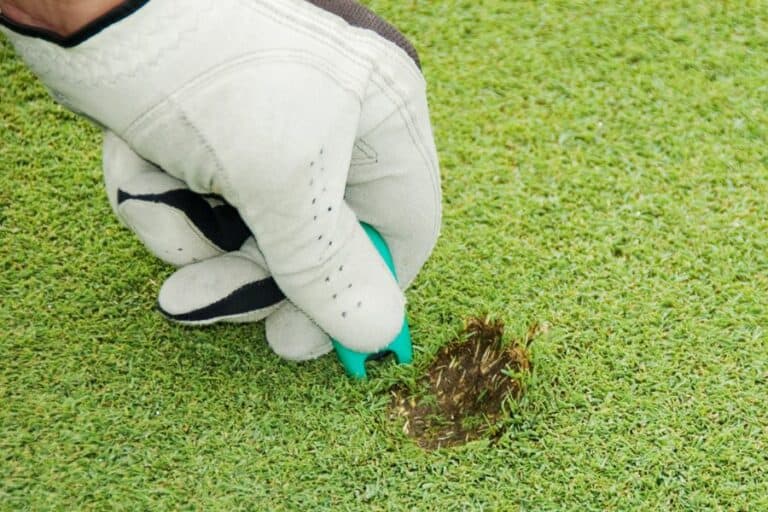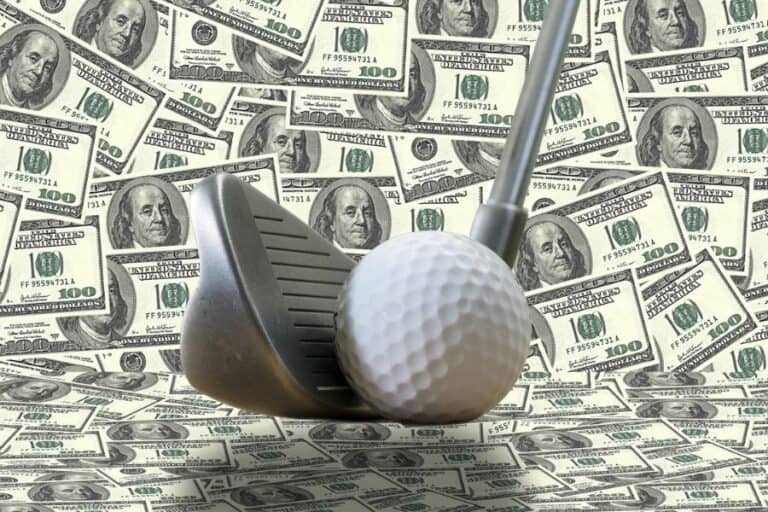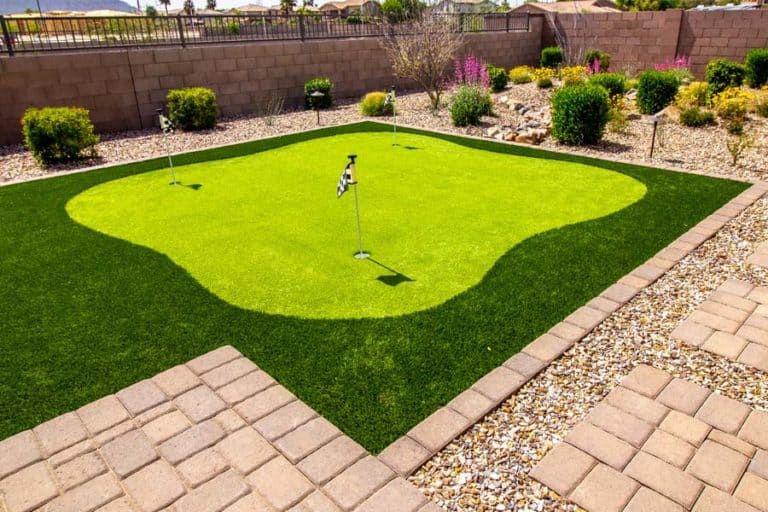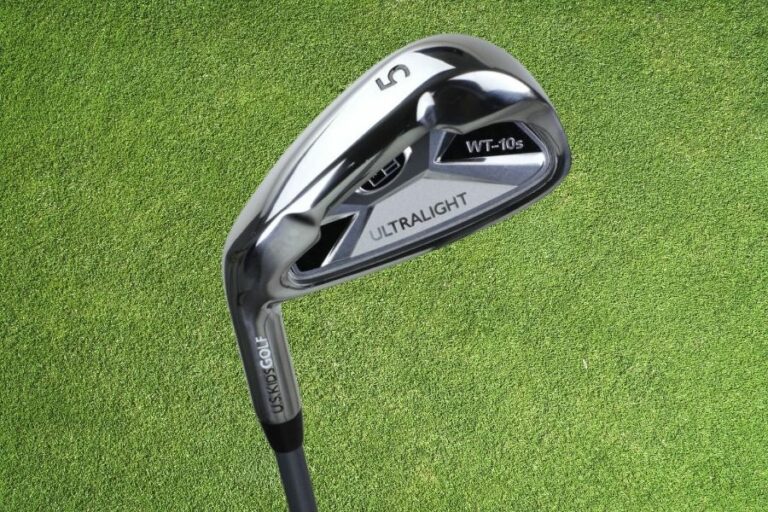Pro Golfer Handicap: What’s The Average Handicap Index?
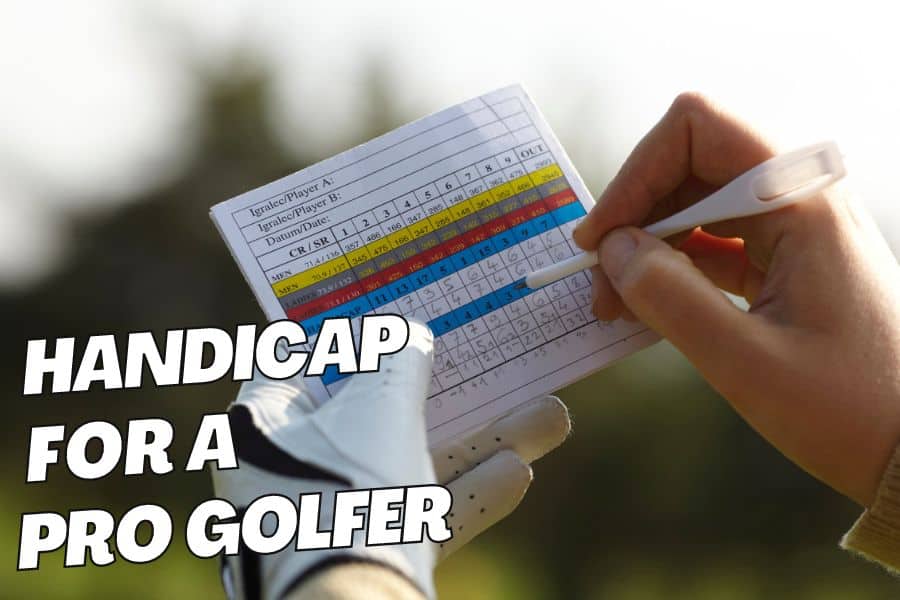
Improve your understanding of this fundamental aspect “Pro Golfer Handicap” with our comprehensive guide.
Handicapping is a significant part of golf as it creates a fair playing field for competitors of all skill levels. The golf handicap system was created to provide amateur golfers with an opportunity to compete against more experienced players. It does this by adjusting the player’s score according to their skill level.
A lower handicap indicates a better player with a handicap of 0 indicating a “scratch golfer” who doesn’t receive any strokes.
Handicaps can range up to a maximum of 54, with the higher number indicating a less experienced or skilled golfer. It’s calculated based on the number of extra shots a player is expected to take over par on a given course.
Different regions may have different golf handicap systems, but the goal is to allow golfers of all levels to enjoy the game and compete fairly.
Here we will explore whether a pro golfer has any handicap or not.
I. Pro golfer handicap: Can pros get a handicap?
Professional golfers can technically obtain a handicap index like amateur golfers do, but it’s not common for them to do so as there is no need to level the playing field.
Professional golfers typically don’t keep their scores for handicap purposes. Even if they have a handicap index, it’s not a reflection of their success on the professional circuit as it’s based on their performance in casual rounds.
II. Do PGA pros have a handicap?
Professional golfers can keep a handicap, but it is not a requirement for playing on the PGA Tour.
A handicap is kept by many pros so they may gauge their improvement and play against amateurs when not on the PGA Tour. Successful professional golfers know they must always be at the peak of their game in terms of technique, mental toughness, and focus.
III. PGA tour players’s handicap
Although there is a wide range of handicaps among PGA Tour competitors, most of them fall into the plus handicap category. They can, therefore, get results that are higher than par on a standard course.
A PGA Tour player’s precise handicap can vary greatly, based on things like their skill level, experience, and recent performance. The handicaps of certain PGA Tour competitors may be as low as plus 4 or 5, while those of other competitors may be closer to scratch or even somewhat higher.
Specific factors, including the condition of the PGA tour’s greens or the location of the tougher pins, weren’t taken into account when determining the average handicap index for a professional golfer, which is +5.4. But it does give you a sense of the handicap you’ll need to succeed as a pro.
While handicaps might be indicative of a player’s overall skill level, they are not the sole determinant in determining PGA Tour success.
To play at the top level, professional golfers need more than just technical expertise and physical prowess on the course. They also need mental toughness to stay on task and control their game while under pressure.
In the end, there are numerous aspects that contribute to a PGA Tour player’s success on the course, and knowing their exact handicap might provide some insight into their talent level.

What is a plus handicap?
A plus handicap in golf means that a golfer’s handicap index is below zero, indicating they are an excellent golfer. It is also called a “positive handicap.”
A plus handicap is typically assigned to professional or low-handicap amateur golfers who are capable of scoring lower than the course rating consistently.
For example, if a golf course has a rating of 72, and a player with a plus 2 handicap shoots a score of 70, their adjusted score would be 68 i.e. (70 – 2). This adjusted score reflects the player’s superior ability, making it fair to compare their score with those of other golfers who have higher handicaps.
IV. Amateur golfer’s average handicap
Only amateur golfers are given handicaps. Professional golfers don’t need to maintain scores because they don’t require handicaps to make the game more competitive.
It would be safe to assume that professional golfers would have handicaps between +5 and +8 if top-ranked amateurs had handicaps in the +2 to +5 range.
As an amateur, a golfer would typically have a handicap of between +4 and +6, as this would put them at the entry-level skill level for the professional tours. When playing on a championship course, a pro would need to shoot not more than three over par.
V. Handicap needed to be a pro golfer
Becoming a pro golfer is a challenging achievement, and maintaining a low handicap is a goal for many amateur golfers.
Interestingly, even top golf professionals usually play with handicaps ranging between +4 and +6 only. For instance, Phil Mickelson’s current handicap is +5.2, while Paul Casey’s is +6 at the Isleworth Country Club in Florida.
It’s important to note that in order to obtain a handicap, golf must be played on the same course in the same manner. Most Tour golfers tend to have handicaps ranging from +4 to +7. This means that at their home course, a golfer would need to shoot four strokes under par to be “even”.
Although Tiger Woods hasn’t had an official handicap since he was 20 years old, he’s currently playing off +8. However, it’s evident that maintaining a good handicap isn’t an easy feat, and many pro golfers need to perform exceptionally well to achieve a low one.

VI. Why your handicap varies depending on the golf course you are playing on?
It’s a known fact that all golf courses are not equal – some are harder or easier than others.
Due to this variation, golf courses are rated differently by the USGA. As a result, a 10 handicap at one course could be either a seven or 13 handicap at another course.
Therefore, it’s always wise to check the course’s conversion chart before playing to determine how your handicap translates to that particular course. This way, you can adjust your game plan accordingly and avoid any surprises.
Conclusion
In summary, a professional golfer’s handicap is a useful indicator of their level of expertise and helps in balancing the playing field in contests. Golfers can push themselves to reach new levels of excellence in their game by actively working to lower their handicaps.
In addition to indicating greater proficiency, a lower handicap also provides more possibilities to compete and succeed in the sport. Because of this, professional golfers must continuously work to lower their handicap via practice, commitment to excellence, and dedication.
FAQs
Who has the lowest handicap on the PGA tour?
Tiger Woods handicap is the lowest of any professional golfer. Tiger Woods last used a handicap of +8 when he was 20 years old, thus officially he has never had one.
Are pros better than scratch golfers?
Professional golfers are highly skilled and typically perform better than scratch golfers. This is reflected in their handicaps, which are less than scratch. A scratch golfer has a handicap of 0, meaning they shoot par for a round of golf.
However, professional golfers have handicaps that are even better than scratch, which means they shoot under par consistently. Their level of precision and accuracy is what sets them apart from amateur and scratch golfers.



